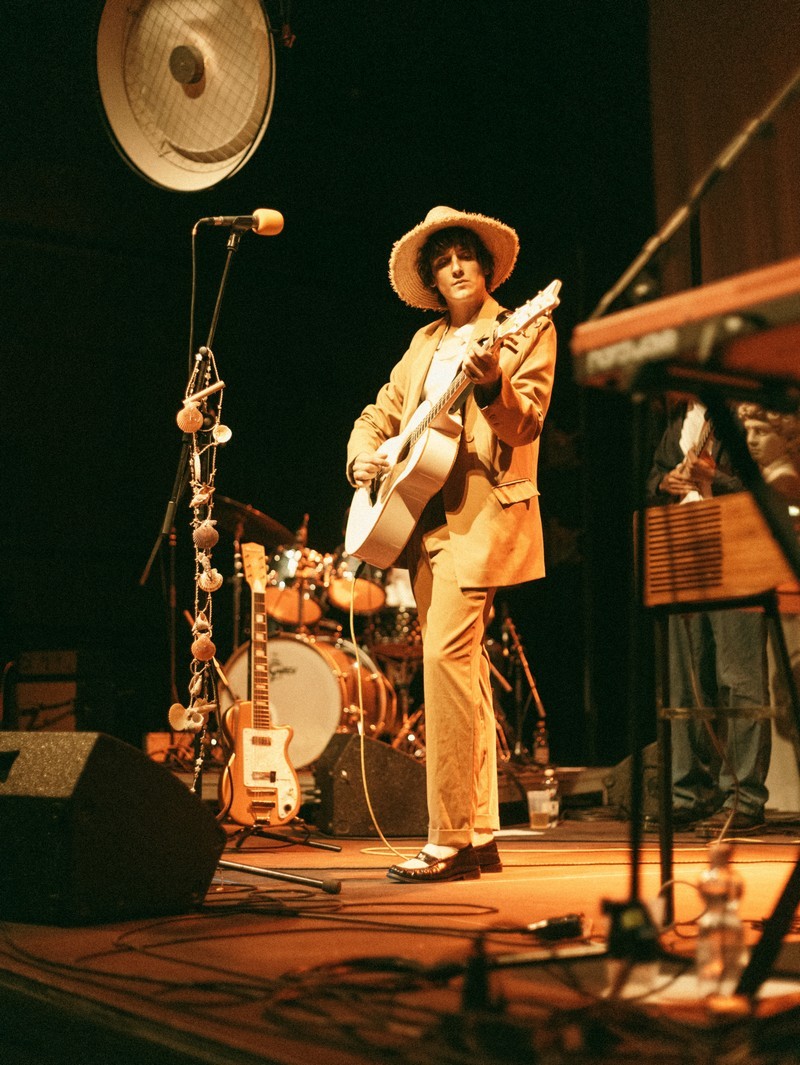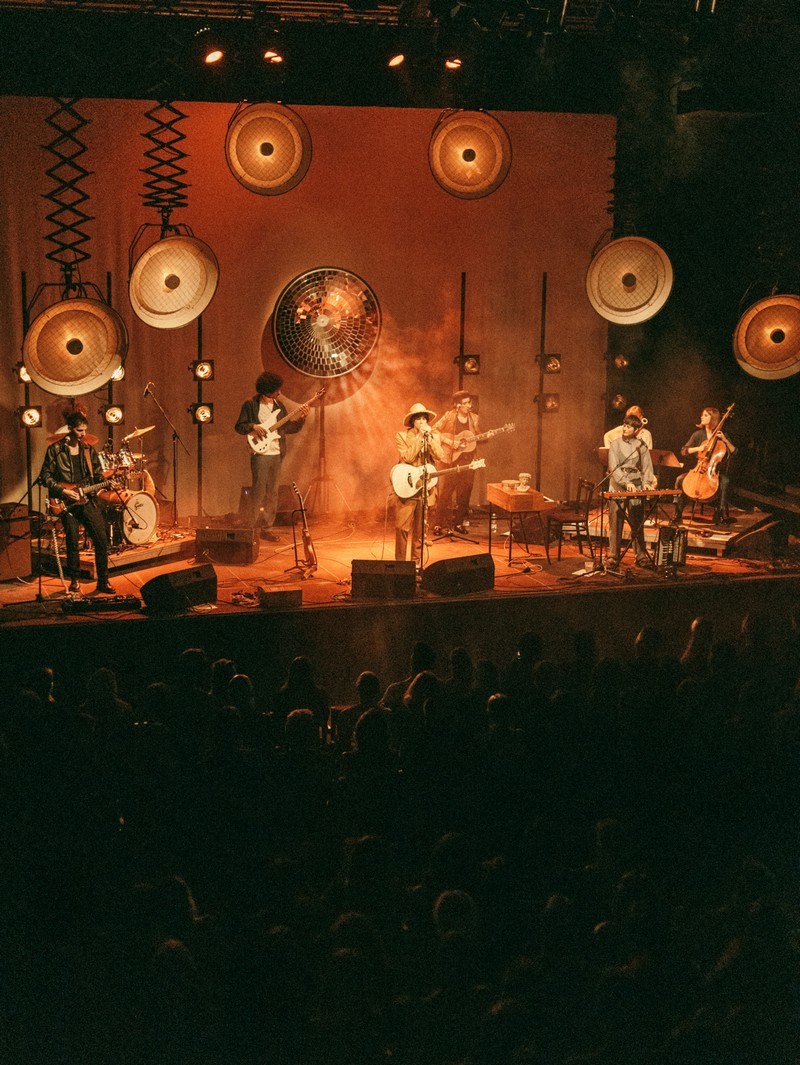Saját rendezésű klippel jelentkezik a Henri Gonzo és a Papírsárkányok

A Fran Palermo frontembereként ismertté vált Henri Gonzo új formációjának második lemezét harangozza be a dalszerző által írt és rendezett videoklip.
A multiinstrumentalista Henri Gonzo az elmúlt években a zenélésen kívül számos más művészeti ágban kipróbálta magát – rendszeresen készít például grafikákat is, illetve belekóstolt a filmes világba is. Korábban, ugyanezzel a kis stábbal, amely a mostani projekten is dolgozott, egy Pilinszky János vershez rendezett klipet a Vecsei H. Miklós által vezetett Qjúb zenekar számára.
„Szobrokat vittem a hajón”
– így kezdődik Nemes Nagy Ágnes verse, amelyből ez a dal is született. A vers teljes szövege olvasható a költő sírján a Farkasréti temetőben. Kulcsmotívumai az utazás és a szobor. A hajó az életút szimbóluma, és így ad keretet a versnek. A szobor a műalkotást, az eszményeket, erényeket és azokat az értékeket jelképezi, amiket tisztelünk. Lehet isteni lény, szerelem vagy akár egy vízió is… A klip különböző karakterek és szimbólumok segítségével ábrázolja ezeket a gondolatokat.









